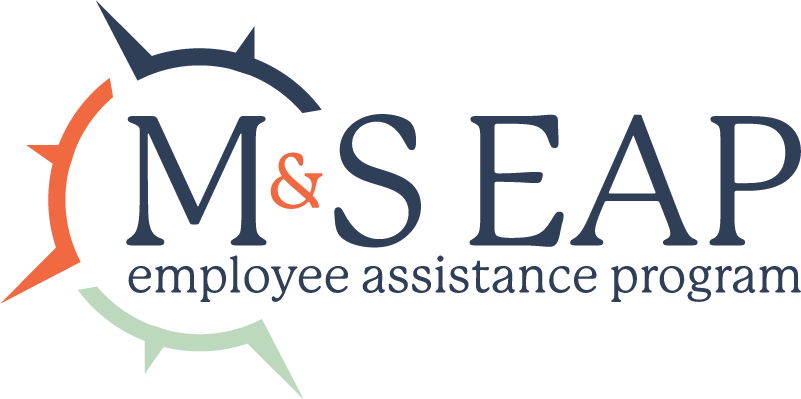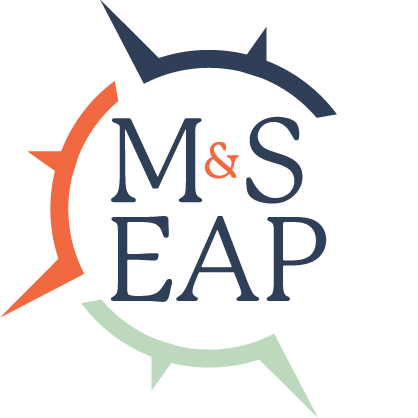How can I build leaders in my workplace?

Employers are often tasked with identifying how to build great leaders within their own companies. The answer does not always lie in a powerful recruiting firm or hiring friends of friends. Whether you work in human resources or are a mid-level people manager, remember why each of your employees was hired to begin with. You can shape and support your own employees into leadership positions which creates a solid foundation for sustaining success, both in your long-term employees and in your organization as a whole.
Give each of your employees a voice – and help amplify them
If one of your direct reports has a great idea about how to fix a known bottleneck, propose their plan to your leadership team and emphasize why you think it will work. If an employee comes to HR and asks about the possibility of expanding bereavement leave to cover miscarriages, thank them for their suggestion and advocate for the idea in your next meeting.
Employees are partners within your organization and, because they are so involved in the day-to-day operations of the office, they often have innovative ideas for ways things can be improved. When they feel heard by their management, they will be more invested in the success of the company and will continue to identify efficiencies and improvements.
Implement a mentorship program
Junior employees often want a helping hand or a more senior colleague to show them the ropes of your office, but they may not know where to look. A mentorship program would connect experienced employees in certain positions with those who are interested in moving through a similar track or working their way up to that position.
A law firm, for example, could introduce a mentorship program between attorneys and paralegals who are looking to go to law school, or even between senior paralegals and employees who are just starting out in the field. The mentor-mentee paradigm provides an opportunity for employees interested in growth to learn the skills they need for success while fostering meaningful relationships with their colleagues.
Support – and promote – your employees
If you’re wondering how to build future leaders within your organization, look first to the employees already on your team. Some may be comfortable in their current positions, but you should be able to easily identify those who are focused on an upward trajectory. Set up one-on-one meetings to go over short- and long-term goals with your employees, and offer advice on how they can move up within your organization. Don’t hesitate to promote the employees who take on leadership roles, mentor other employees, and take to heart constructive advice.
Act as a role model
Others will follow suit when they see what it means to be a leader. If you want your employees to speak up more during your individual team meetings, you should do the same during office-wide meetings. If you advocate for members of your team, they will feel more comfortable doing the same for themselves or even their own colleagues.
Treat your employees like you would your friends or family
That’s not to say you have to become best friends with your employees – and you probably shouldn’t – but be empathetic and understanding when they come to you with a problem. If a member of your team requests time off at the last minute because of a family emergency, don’t hound them about that project they haven’t finished. If an employee needs a couple of weeks of extra maternity leave, work with everyone involved to see how you can make that happen.
Before you feel inclined to put the business first, think about how you would want certain situations handled if they were happening to you or someone close to you. Your employees will feel more supported by the organization and, in turn, want to stay on board to foster the same kind of environment.
Remove biases in your organization
Employees will want to stick around when they feel safe and supported in their work environment. While it may be unintentional or unconscious, it’s possible that biases exist in your office in terms of the types of tasks, assignments, or expectations ascribed to certain employees. If this is causing problems within your organization, consider bringing in experts to give training on sexism, diversity and inclusion, and sexual harassment in the workplace.
Invest in your employees
An employee assistance program (EAP) is a great way to show your employees how much you care about them. Depending on your organization’s plan, EAPs can offer free counseling, career coaching, community resources, legal consultations, professional development, health insurance savings, retirement consultations, and stress management for your employees and their families. An effective EAP can increase retention, reduce work-related stress and improve your employees’ work-life balance.
Mazzitti & Sullivan EAP is committed to helping you build the future leaders of your organization. Reach out today at 1-800-543-5080 to learn how an EAP benefits your employees.



